I’ve been fascinated with dividend investingfor many years. It goes back long before I started my journey to financial independence and early retirement. It seems so simple. You buy a company stock that is stable and has dividend history on their side. A stock that figures for a potential future of continued business with dividend and stock growth. They then return to their investors a dividend that can either be reinvested to buy more of their stock or distributed as cash. My wife and I have financially benefited from dividend investing. We have dividend stocks in Mutual Funds and ETFs¹ within our portfolio. We have also benefited from growing wealth with reinvestment and harvesting distributions by owning individual stocks within our retirement accounts.

Some Folks Aren’t As Fascinated With Dividend Investing As I Am
Dividend focused investing doesn’t thrill everyone. A quick internet search will reveal opinions where fans of dividend investing will explain how they build their wealth and even divulge their monthly passive dividend income. You can also find just as many who aren’t fans of dividend investing who will explain why growth stock investing is the best and the only way to invest.
The real appeal I see with dividend investing is that we have options to how dividends can be used depending on our financial situation. At least that’s my argument for using dividend focused investing as part of our retirement portfolio strategy. For those dividend investing naysayers who tell me to just buy some bonds, well I do have bonds as part of my portfolio diversification² strategy. They just don’t do it for me like dividend paying stocks do. Bonds feel like a loan I’ve made, one that can be paid off early. Once mature I get my money back but then other bonds have to be bought to replace them. Dividend investing feels much different. I like owning a piece of the company.
My Story With Dividends
Using dividends to pay down debt
All of my 401K match was in company stock in the first 20 years of my career. That was before my company was eaten by a growth company. There was no option to reinvest so every year I would receive an end of year dividend distribution. What I did was add it to my house payment and applied it to my mortgage principal to pay off my mortgage faster. It equated to about 3 months in additional principal payment. It was a painless way to reduce what I would end up paying in mortgage interest. Which at the time was at the going rate of 8%. Wow!
Reinvested dividends to increase wealth until needed for retirement*
Today my wife enjoys a quarterly distributed dividend in her early retirement from her old ESOP. It is part of her retirement funding. The dividends come from owning her employer’s stock. Existing share to dividend yield is 5%. Over her career she had her investment split where 50% was invested in their Class A shares which reinvests dividends and 50% in their Class B shares that distributes quarterly dividends.
After 20 years of equal amounts invested, the dividend reinvested Class A shares fund has 71% more in it than the Class B side of the account. It shows that even with a stable value stock that’s unlikely to rocket in share price appreciation, reinvested dividends do work through compounding to increase overall wealth until electing to use dividend distributions as part of a retirement income strategy.
A friend’s investment move that feeds my fascination with dividend investing
A company executive that I worked with told me something regarding dividend investing that seared into my brain. It was March 2009 and I lamented my portfolio losses right when I was planning to retire early. He had pulled out of investments in 2008, several months before the market found its bottom. He was planning to retire in 3 years while in his lower 60s. He told me that he just moved $800,000 of cash holdings to be split between AT&T (T) and Verizon (VZ). At that time their stock price to dividend yield was about 8%. It was a risky move, even with understanding the telecom industry we were part of, but he told me:
I don’t care if these stocks ever rise another dollar. I am locking in at an 8% return. I will reinvest the dividends until I retire and then take distributions to use for retirement income.
Both stocks have climbed since then³. A quick look at AT&T shows it was $25.XX a share around that time and recently traded at $33.70, about a 30% increase. Its current dividend yield is in the 6% range. Verizon was trading then at $28.XX, now $57.37, a 101% increase. It’s current dividend yield is 4.26%. Was he lucky? Genius? Stupid? Risky? Whenever I tell this story I hear it all. Personally, I wouldn’t risk going all-in with a large sum like that on two dividend paying stocks, especially within a single industry segment, even if I had an equal amount to invest elsewhere.
But here’s the overall message that I took from him.
What imprinted on my brain is the concept of being satisfied with locking into a return based on the share price to dividend yield percentage you buy in at. That is of course as long as the dividend payout is sustainable, which is always the question. With this mindset, any stock price appreciation is just gravy. In a way, dividend investing with this mindset is like having an annuity that you can sell out of at the stock’s share price whenever you feel you should, need to, or want to.
What To Consider When Buying Dividend Stocks
Sustainable Dividend
A key aspect of dividend investing is owning stocks in healthy companies that can sustain the dividend it pays for years going forward. This takes analysis of the industry, company prospects, direction, management, financial strengths, etc.
Dividend Payout Ratio
How safe is the dividend? Look at the payout ratio, the percentage of company income the company pays out in dividends. Having too high a percentage could spell trouble. There isn’t much left for the company’s retained earnings to promote growth. A lower percentage can mean there is sustainability and room for dividend and/or stock growth but may be too little to meet our goals.
Avoid High Yield Seduction
Don’t be blindly seduced by high yield dividends. Safe, sustainable, and reasonable are the goals. Some high yield dividend stocks are risky. If the numbers don’t add up for the business or industry sector there is a chance the company will have to cut its dividend in the future. If that happens the market can sour on the company, causing the stock price to significantly drop too. Meaning we not only lose the high yield dividend we were chasing but also experience a loss in share value.
Diversification
Keeping a diversified portfolio is still the goal. It’s ill advised to go all-in with a single dividend paying stock or even stocks within a single industry. The amount of dividend stocks we add to our portfolio should fit within the portfolio’s overall diversification strategy. One that’s aligned with our risk tolerance and goals.
Buying Dividend Stocks
A Common Method of Dividend Investing is Buying an ETF
Exchange Traded Funds are bought and sold like stocks. The single ETF contains many company stocks but is traded as one under its own stock trade symbol. They aggregate the various company dividend yields. Buying an ETF takes away all the required company stock analysis of dividend investing out of the equation as they are invested across entire indexes.
Some high dividend yield ETFs emphasize holding large-cap equity stocks that are forecasted to have above-average dividend yields. They may have aggregated ETF dividend yields in the 3.3% range. Others provide a convenient way to track the performance of company stocks having a record of growing their dividends with ETF aggregated dividend yields around 1.85%.
Seems simple enough. Go to any of a number of brokers who offer Dividend focused ETFs, select the index or type that meets your needs, and happily collect or reinvest your dividends. However, what we gain in convenience and possibly lower risk we lose in stock holding selection. That and the possibility of getting better stock appreciation and yields that better meet our individual goals if we had a more targeted investment approach. ETFs are a low cost but broadly spread out investment choice. Not that there’s anything wrong with that.
Buying and Owning Individual Dividend Paying Company Stocks
DIY Stock Purchases
If we’re able to do all of the company analysis ourselves, then picking individual dividend stocks to build our dividend investment portfolio is another option. This way we can concentrate on the companies and industries we believe have long term sustainable dividends and the business potential for possible stock and dividend growth. We could also craft a higher dividend yield portfolio.
Once decided on the companies, diversified investment strategy, and dividend yields that meet our goals, just open a brokerage account. Choose an online low cost brokerage like Ally Invest where each stock trade is a flat $4.95. These types of online brokerages allow for dividend reinvestment or distribution. But if planning smaller monthly deposits, take into consideration that low flat trade fee could add up if we’re constantly buying various stocks to build up our diversified dividend investment portfolio.
With this approach we will have to manage our portfolio ourselves. Looking for signs of future company dividend distress, business pressures that can affect stock value, etc. Also needed is yearly portfolio rebalancing* analysis and making any necessary trades to bring it in line with the overall diversification strategy.
CFP Managed Portfolio
Including a dividend investment strategy through a Certified Financial Planner (CFP) is another option. They can work with us on the company stock analysis and diversification strategy. There will be obvious CFP type fees to pay. Depending on our portfolio size those frees can range from 1% to 2% or more plus any brokerage trade fees.
It does however mean that their knowledge and systems are in place to handle our rebalancing. They are also able to setup a dividend investment portfolio aligned with our goals and within our risk tolerance.
Online Robo Advisors Specializing In Dividend Investment Stock Ownership
I have found that there is a newer robo stock dividend investment option. Instead of our having to do all the important stock and sector analysis ourselves, they take care of that and offer dividend focused stock ownership. Rather than having a broad stroke index investing strategy as with ETFs, or paying a CFP’s high fees, they can build a dividend investment portfolio owning company stocks that is focused and tailored to our goals. Also one that’s within our risk tolerance, all without the higher CFP type fees.
The company I’ve come across that does this is Emperor Investments. They seem to be different than the other commonly written about robo advisors. In my fascination with dividend investing I find their platform and service offering very interesting. They use technology to filter through the vast universe of stocks and find companies that align with their various criteria, the main one being consistent dividend payments. The Emperor analysts then examine those dividend stocks further, looking for companies that offer a compelling value proposition, strong competitive advantage, and have a quality management team. Finally their technology takes our situation, preferences, and current stock prices into consideration when selecting the appropriate dividend paying stocks for our portfolios.
Portfolio management is easy over the Emperor Investments client desktop dashboard. Diversification is accomplished because our money is allocated to stocks across different industries. They will also take care of any necessary rebalancing, but their approach is passive buy and hold so they try not to trade often. I also like that they only require a minimum $500 balance and allow for monthly, biweekly, or weekly deposits, so it’s easy to add to the portfolio. There’s also the option of having dividend reinvestment or distribution. They charge a 0.6% annual fee for portfolios under $100,000 but that scales down to 0.2% the more you invest. And there are absolutely no other fees or hidden costs. Emperor Investments is certainly well worth looking into for anyone interested in dividend investing.
After my being in contact with Emperor Investments they graciously offered Leisure Freak readers a discount.
If you have interest in dividend investing with Emperor Investments you can get your first 6 months free by using this link*.
*This is a discount offer, not an affiliate link. I receive no payment/commission if used.
Like any stock investment, dividend investing has risks
The rules of the investment universe are always with us. Even with complete and proper analysis, there’s no guarantee that investors will get the same results of a stock’s history, its expected returns, or dividend rate going forward. There’s no guarantee stock investors won’t lose money either. Investors should always consider the risks of any investment being made and remember the general rules of investing- Higher expected returns usually comes with expected higher risk.
Having a diversified portfolio within the investor’s risk tolerance that’s aligned with their unique financial situation is always advised. That investment balance includes considering the allocation of both growth and value (dividend) stocks.
- 1.Mutual Funds and Exchange Traded Funds (ETF’s) are sold by prospectus. Please consider the investment objectives, risks, charges, and expenses carefully before investing. The prospectus, which contains this and other information about the investment company can be obtained from the Fund Company or your financial professional. Be sure to read the prospectus carefully before deciding whether to invest.
- 2.Asset allocation and diversification do not guarantee a profit or protect against a loss in a declining market. They are methods used to help manage investment risk.
- 3.Past performance is no guarantee of future results. The investment return and principal value of an investment will fluctuate so that an investor’s shares, when redeemed, may be worth more or less than their original cost. Current performance may be lower or higher than the performance quoted.
- 4.Rebalancing/Reallocating can entail transaction costs and tax consequences that should be considered when determining a rebalancing/reallocation strategy.






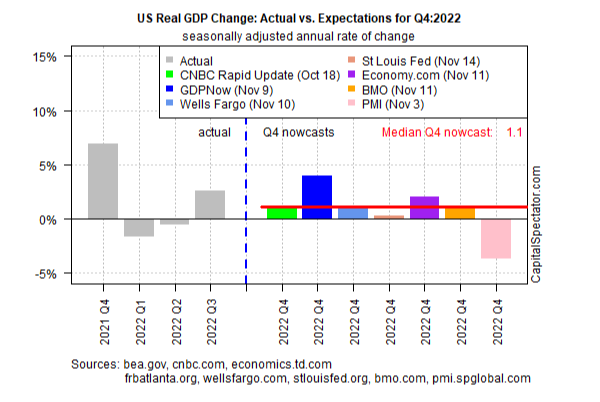




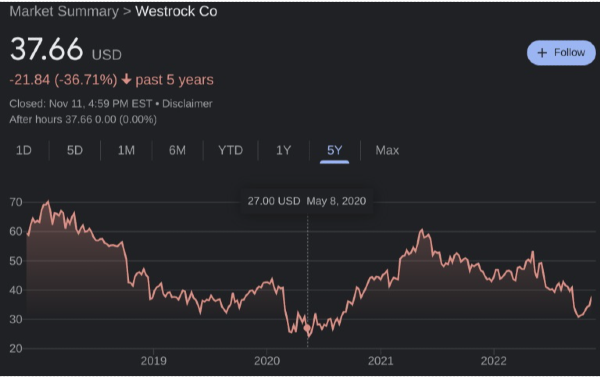

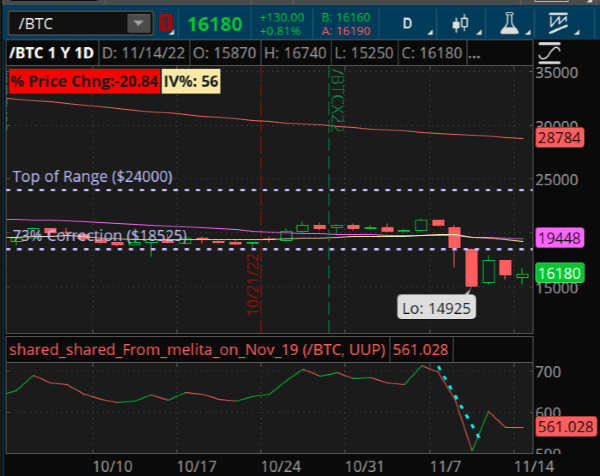
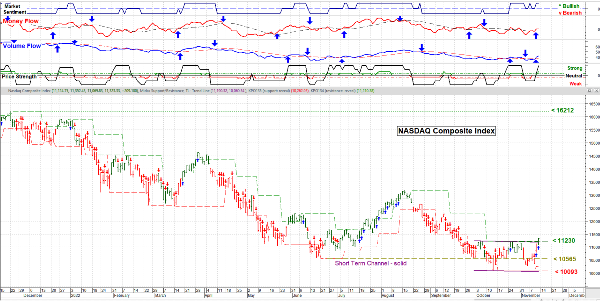

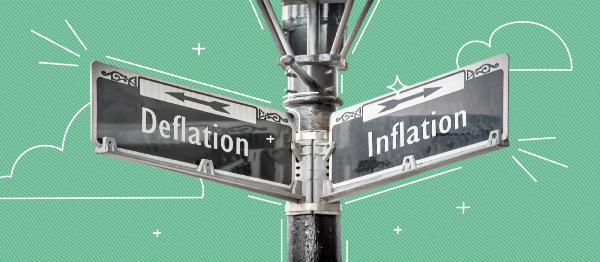

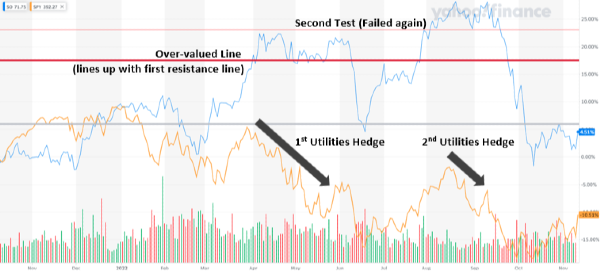
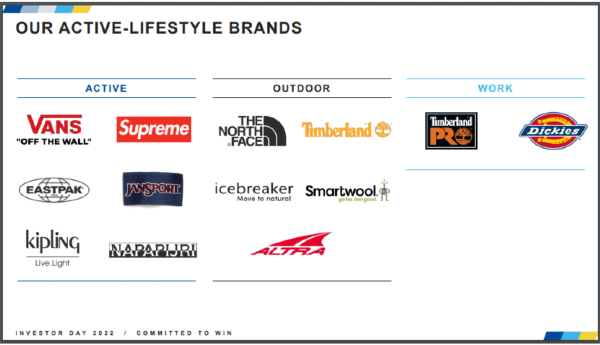

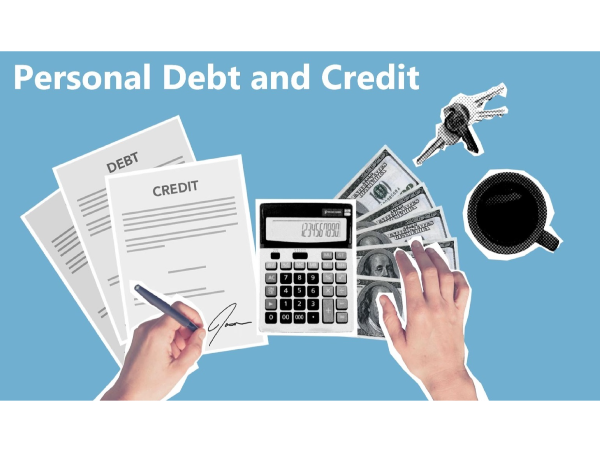

I’ve been fascinated with dividend investingfor many years. It goes back long before I started my journey to financial independence and early retirement. It seems so simple. You buy a company stock that is stable and has dividend history on their side. A stock that figures for a potential future of continued business with dividend and stock growth. They then return to their investors a dividend that can either be reinvested to buy more of their stock or distributed as cash. My wife and I have financially benefited from dividend investing. We have dividend stocks in Mutual Funds and ETFs¹ within our portfolio. We have also benefited from growing wealth with reinvestment and harvesting distributions by owning individual stocks within our retirement accounts.
Image Source
Some Folks Aren’t As Fascinated With Dividend Investing As I Am
Dividend focused investing doesn’t thrill everyone. A quick internet search will reveal opinions where fans of dividend investing will explain how they build their wealth and even divulge their monthly passive dividend income. You can also find just as many who aren’t fans of dividend investing who will explain why growth stock investing is the best and the only way to invest.
The real appeal I see with dividend investing is that we have options to how dividends can be used depending on our financial situation. At least that’s my argument for using dividend focused investing as part of our retirement portfolio strategy. For those dividend investing naysayers who tell me to just buy some bonds, well I do have bonds as part of my portfolio diversification² strategy. They just don’t do it for me like dividend paying stocks do. Bonds feel like a loan I’ve made, one that can be paid off early. Once mature I get my money back but then other bonds have to be bought to replace them. Dividend investing feels much different. I like owning a piece of the company.
My Story With Dividends
Using dividends to pay down debt
All of my 401K match was in company stock in the first 20 years of my career. That was before my company was eaten by a growth company. There was no option to reinvest so every year I would receive an end of year dividend distribution. What I did was add it to my house payment and applied it to my mortgage principal to pay off my mortgage faster. It equated to about 3 months in additional principal payment. It was a painless way to reduce what I would end up paying in mortgage interest. Which at the time was at the going rate of 8%. Wow!
Reinvested dividends to increase wealth until needed for retirement*
Today my wife enjoys a quarterly distributed dividend in her early retirement from her old ESOP. It is part of her retirement funding. The dividends come from owning her employer’s stock. Existing share to dividend yield is 5%. Over her career she had her investment split where 50% was invested in their Class A shares which reinvests dividends and 50% in their Class B shares that distributes quarterly dividends.
After 20 years of equal amounts invested, the dividend reinvested Class A shares fund has 71% more in it than the Class B side of the account. It shows that even with a stable value stock that’s unlikely to rocket in share price appreciation, reinvested dividends do work through compounding to increase overall wealth until electing to use dividend distributions as part of a retirement income strategy.
A friend’s investment move that feeds my fascination with dividend investing
A company executive that I worked with told me something regarding dividend investing that seared into my brain. It was March 2009 and I lamented my portfolio losses right when I was planning to retire early. He had pulled out of investments in 2008, several months before the market found its bottom. He was planning to retire in 3 years while in his lower 60s. He told me that he just moved $800,000 of cash holdings to be split between AT&T (T) and Verizon (VZ). At that time their stock price to dividend yield was about 8%. It was a risky move, even with understanding the telecom industry we were part of, but he told me:
I don’t care if these stocks ever rise another dollar. I am locking in at an 8% return. I will reinvest the dividends until I retire and then take distributions to use for retirement income.
Both stocks have climbed since then³. A quick look at AT&T shows it was $25.XX a share around that time and recently traded at $33.70, about a 30% increase. Its current dividend yield is in the 6% range. Verizon was trading then at $28.XX, now $57.37, a 101% increase. It’s current dividend yield is 4.26%. Was he lucky? Genius? Stupid? Risky? Whenever I tell this story I hear it all. Personally, I wouldn’t risk going all-in with a large sum like that on two dividend paying stocks, especially within a single industry segment, even if I had an equal amount to invest elsewhere.
But here’s the overall message that I took from him.
What imprinted on my brain is the concept of being satisfied with locking into a return based on the share price to dividend yield percentage you buy in at. That is of course as long as the dividend payout is sustainable, which is always the question. With this mindset, any stock price appreciation is just gravy. In a way, dividend investing with this mindset is like having an annuity that you can sell out of at the stock’s share price whenever you feel you should, need to, or want to.
What To Consider When Buying Dividend Stocks
Sustainable Dividend A key aspect of dividend investing is owning stocks in healthy companies that can sustain the dividend it pays for years going forward. This takes analysis of the industry, company prospects, direction, management, financial strengths, etc.
Dividend Payout Ratio How safe is the dividend? Look at the payout ratio, the percentage of company income the company pays out in dividends. Having too high a percentage could spell trouble. There isn’t much left for the company’s retained earnings to promote growth. A lower percentage can mean there is sustainability and room for dividend and/or stock growth but may be too little to meet our goals.
Avoid High Yield Seduction Don’t be blindly seduced by high yield dividends. Safe, sustainable, and reasonable are the goals. Some high yield dividend stocks are risky. If the numbers don’t add up for the business or industry sector there is a chance the company will have to cut its dividend in the future. If that happens the market can sour on the company, causing the stock price to significantly drop too. Meaning we not only lose the high yield dividend we were chasing but also experience a loss in share value.
Diversification Keeping a diversified portfolio is still the goal. It’s ill advised to go all-in with a single dividend paying stock or even stocks within a single industry. The amount of dividend stocks we add to our portfolio should fit within the portfolio’s overall diversification strategy. One that’s aligned with our risk tolerance and goals.
Buying Dividend Stocks
A Common Method of Dividend Investing is Buying an ETF Exchange Traded Funds are bought and sold like stocks. The single ETF contains many company stocks but is traded as one under its own stock trade symbol. They aggregate the various company dividend yields. Buying an ETF takes away all the required company stock analysis of dividend investing out of the equation as they are invested across entire indexes.
Some high dividend yield ETFs emphasize holding large-cap equity stocks that are forecasted to have above-average dividend yields. They may have aggregated ETF dividend yields in the 3.3% range. Others provide a convenient way to track the performance of company stocks having a record of growing their dividends with ETF aggregated dividend yields around 1.85%.
Seems simple enough. Go to any of a number of brokers who offer Dividend focused ETFs, select the index or type that meets your needs, and happily collect or reinvest your dividends. However, what we gain in convenience and possibly lower risk we lose in stock holding selection. That and the possibility of getting better stock appreciation and yields that better meet our individual goals if we had a more targeted investment approach. ETFs are a low cost but broadly spread out investment choice. Not that there’s anything wrong with that.
Buying and Owning Individual Dividend Paying Company Stocks
DIY Stock Purchases If we’re able to do all of the company analysis ourselves, then picking individual dividend stocks to build our dividend investment portfolio is another option. This way we can concentrate on the companies and industries we believe have long term sustainable dividends and the business potential for possible stock and dividend growth. We could also craft a higher dividend yield portfolio.
Once decided on the companies, diversified investment strategy, and dividend yields that meet our goals, just open a brokerage account. Choose an online low cost brokerage like Ally Invest where each stock trade is a flat $4.95. These types of online brokerages allow for dividend reinvestment or distribution. But if planning smaller monthly deposits, take into consideration that low flat trade fee could add up if we’re constantly buying various stocks to build up our diversified dividend investment portfolio.
With this approach we will have to manage our portfolio ourselves. Looking for signs of future company dividend distress, business pressures that can affect stock value, etc. Also needed is yearly portfolio rebalancing* analysis and making any necessary trades to bring it in line with the overall diversification strategy.
CFP Managed Portfolio Including a dividend investment strategy through a Certified Financial Planner (CFP) is another option. They can work with us on the company stock analysis and diversification strategy. There will be obvious CFP type fees to pay. Depending on our portfolio size those frees can range from 1% to 2% or more plus any brokerage trade fees.
It does however mean that their knowledge and systems are in place to handle our rebalancing. They are also able to setup a dividend investment portfolio aligned with our goals and within our risk tolerance.
Online Robo Advisors Specializing In Dividend Investment Stock Ownership I have found that there is a newer robo stock dividend investment option. Instead of our having to do all the important stock and sector analysis ourselves, they take care of that and offer dividend focused stock ownership. Rather than having a broad stroke index investing strategy as with ETFs, or paying a CFP’s high fees, they can build a dividend investment portfolio owning company stocks that is focused and tailored to our goals. Also one that’s within our risk tolerance, all without the higher CFP type fees.
The company I’ve come across that does this is Emperor Investments. They seem to be different than the other commonly written about robo advisors. In my fascination with dividend investing I find their platform and service offering very interesting. They use technology to filter through the vast universe of stocks and find companies that align with their various criteria, the main one being consistent dividend payments. The Emperor analysts then examine those dividend stocks further, looking for companies that offer a compelling value proposition, strong competitive advantage, and have a quality management team. Finally their technology takes our situation, preferences, and current stock prices into consideration when selecting the appropriate dividend paying stocks for our portfolios.
Portfolio management is easy over the Emperor Investments client desktop dashboard. Diversification is accomplished because our money is allocated to stocks across different industries. They will also take care of any necessary rebalancing, but their approach is passive buy and hold so they try not to trade often. I also like that they only require a minimum $500 balance and allow for monthly, biweekly, or weekly deposits, so it’s easy to add to the portfolio. There’s also the option of having dividend reinvestment or distribution. They charge a 0.6% annual fee for portfolios under $100,000 but that scales down to 0.2% the more you invest. And there are absolutely no other fees or hidden costs. Emperor Investments is certainly well worth looking into for anyone interested in dividend investing.
After my being in contact with Emperor Investments they graciously offered Leisure Freak readers a discount.
If you have interest in dividend investing with Emperor Investments you can get your first 6 months free by using this link*.
*This is a discount offer, not an affiliate link. I receive no payment/commission if used.
Like any stock investment, dividend investing has risks
The rules of the investment universe are always with us. Even with complete and proper analysis, there’s no guarantee that investors will get the same results of a stock’s history, its expected returns, or dividend rate going forward. There’s no guarantee stock investors won’t lose money either. Investors should always consider the risks of any investment being made and remember the general rules of investing- Higher expected returns usually comes with expected higher risk.
Having a diversified portfolio within the investor’s risk tolerance that’s aligned with their unique financial situation is always advised. That investment balance includes considering the allocation of both growth and value (dividend) stocks.
Originally Posted in Leisure Freak